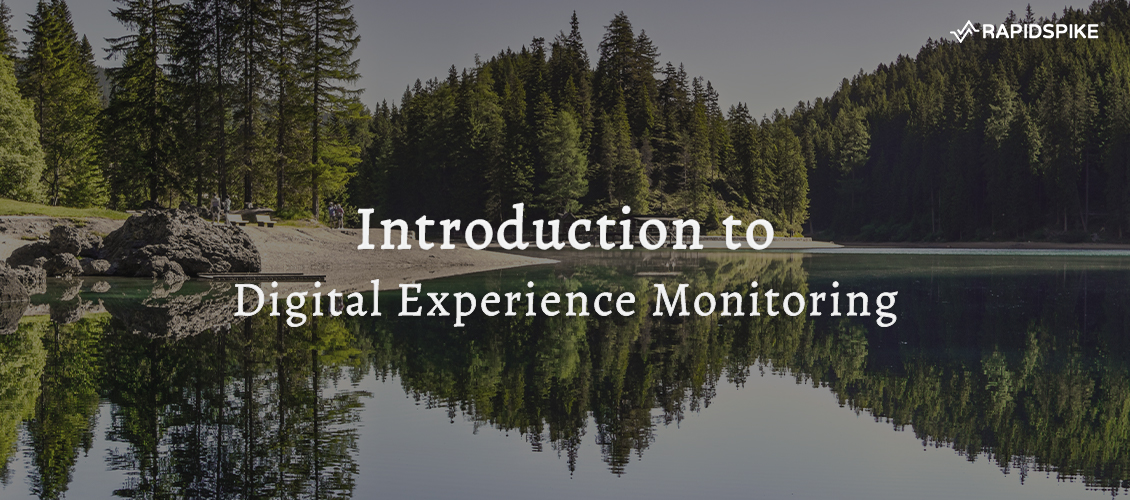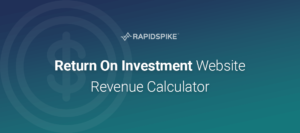The world is in a digital revolution, change is happening and with it, new industries are being born. Enterprises in all sectors are creating new and diverse revenue streams and disrupting old and established business models. In fact, I am convinced we are all working and living during one of the largest business revolutions in history.
We actually work in a building (https://en.wikipedia.org/wiki/Round_Foundry) that was at the heart of the industrial revolution and I often wonder how exciting those times must have been. In the 18th century, the world shifted to automation and it was never the same again. We have witnessed the birth of the digital revolution and like history before us, the economy will never be the same again. With that emerging job, roles are being created to help organisations manage and measure performance in this new digital world.
One thing that hasn’t changed in the last 150 years is the need for loyal and happy customers. Today our customers aren’t physically walking through the door, but they are visiting our shop albeit digitally. This presents a new problem, in that we don’t physically see the customer. This time we can’t watch the expression on their face and we can speak to them as easily so it has become harder to measure the customer experience.
It is true, we don’t see them in person, and whilst we can’t see their body language and the look on their face, we can monitor and collect data on their digital behaviour and nurture the digital ecosystem that underpins it.
In industry, we call this DIGITAL EXPERIENCE MONITORING!
So what is Digital Experience Monitoring?
Digital Experience Monitoring (DEM) has been defined by Gartner as ‘…an availability and performance monitoring discipline that supports the optimization of the operational experience and behaviour of a digital agent, human or machine, as it interacts with enterprise applications and services. For the purposes of this evaluation, it includes Real-User Monitoring (RUM) and Synthetic Transaction Monitoring (STM) for both web and mobile-based end users.’.
Taking a high-level view it can be broken down into four steps.
1 – BASICS:
Is my platform online and working as it should? Is it fast enough, secure and are there any problems we need to fix. In other words, are we open for business?
2 – STRUCTURAL:
Under controlled circumstances is my core web platform well built? Do we have structural issues that may affect the digital experience? Like the page integrity is solid, it is well regarded by search engines (Google especially) and there are no platform-wide fundamental flaws.
3 – REAL WORLD:
What is the experience for my real world users regardless of platform? In real time for your real users, is the digital platform performing like we expect it to be? If not, which customer group is affected? Is it mobile users in South America for example or desktop users on Chrome or is it something else? If so, what actions do I need to take?
4 – BUSINESS CRITICAL:
Are my most critical digital user journeys ok? For example, can the user login, browse and buy my product, are my payment gateways ok? If your platform relies on 3rd party technology is that working and it not what actions do I need to take?
Summary
The customer is the beating heart of any company, so we must ensure that they are having a positive digital experience. With the emergence of the Digital Experience Manager role, organisations have realised the importance of this role and are investing in people who are dedicated to ensuring the customer experience is compelling.
The challenge Digital managers face is that it is hard to get a clear view of the holistic digital experience and the next phase of your evolutionary journey into a world of digitally led services is to ensure you know exactly what is happening with your overall digital experience.
At RapidSpike our focus is solely about ensuring that we can arm our customers with actionable insights to help them deliver and maintain a positive digital experience regardless of platform, browser or even country.
RapidSpike:
RapidSpike is a Digital Experience Monitoring Platform that interacts with your online platforms exactly as your customers do.






